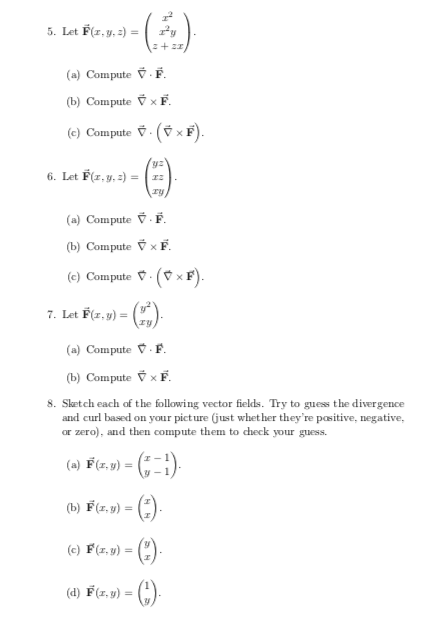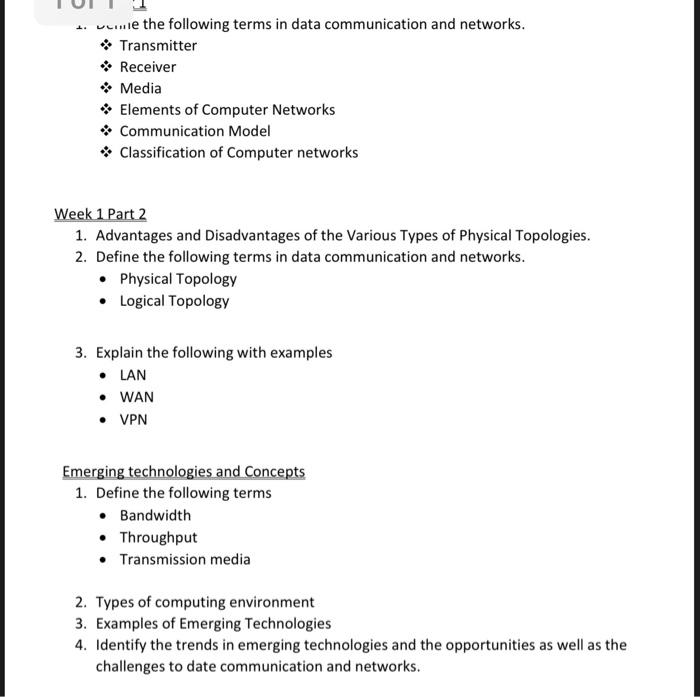Question
Security Charm and Lam proposed a convention that would empower a client A to sign on to a server B utilizing a validation administration S.
Security
Charm and Lam proposed a convention that would empower a client A to sign on to a server B
utilizing a validation administration S.
A → B : A
B → A : NB
A → B : {NB}KAS
B → S : {A, {NB}KAS}KBS
S → B : {NB}KBS
(a) Explain the convention documentation. [4 marks]
(b) Explain why the convention is shaky. [12 marks]
(c) How would it be advisable for it to be fixed? [4 marks]
14 Specification and Verification I
(a) Explain cautiously the significance of a Hoare detail {P}C{Q} and depict
the idea of P, C and Q. [4 marks]
(b) How can terms in higher-request rationale be utilized to address P, C and Q? Give
the kinds of the terms. [4 marks]
(c) Describe the importance of the most fragile liberal precondition (wlp) and the most grounded
postcondition (sp). [4 marks]
(d) Define wlp and sp in higher-request rationale. What are the sorts of wlp and sp?
[4 marks]
(e) Explain the connections between Hoare details, most vulnerable liberal
preconditions and most grounded postconditions. What is the significance of this
for robotizing program confirmation? [4 marks]
12
CST.2010.7.13
15 Specification and Verification II
(a) Describe the sorts of property that can be communicated in LTL, CTL, CTL*,
ITL and PSL. [6 marks]
(b) What sort of properties are communicated by SEREs in PSL? Give an illustration of
a SERE and make sense of its significance. [4 marks]
(c) It is at times said that architects favor LTL to CTL. For what reason could this be the
case? [4 marks]
(d) Are there properties that can be communicated in CTL that can't be communicated
in LTL? Legitimize your response.
(a) For the bunch vector [0, 0, 0, 1, 1, 1]:
(I) Derive all of the B-spline premise capacities for the quadratic case (k = 3).
[5 marks]
(ii) Place three control focuses, P1, . . . , P3 in a symmetrical triangle. Draw the
B-spline bend, P(t), characterized by the control focuses and the premise capacities
gotten from the bunch vector. [2 marks]
(iii) Identify and name fittingly the areas on the bend to some extent (a)(ii)
at which the boundary, t, is a number. [1 mark]
(iv) Identify and communicate as a component of the control point areas the focuses
at which the bend to some extent (a)(ii) contacts the triangle characterized by the
control focuses, P1, . . . , P3. [1 mark]
(b) For the uniform bunch vector [0, 1, 2, 3, 4, 5, 6]:
(I) Sketch the entirety of the quadratic (k = 3) B-spline premise capacities. [2 marks]
(ii) Place four control focuses, Q1, . . . , Q4 in a square. Draw the B-spline
bend, Q(t), characterized by the control focuses and the premise capacities determined
from the bunch vector. [2 marks]
(iii) Identify and name suitably the areas on the bend to some degree (b)(ii)
at which the boundary, t, is a whole number. [1 mark]
(iv) Identify and communicate as a component of the control point areas the focuses
at which the bend to some extent (b)(ii) contacts the square characterized by the control
focuses, Q1, . . . , Q4. [1 mark]
(v) Give the congruity of the bend at t = 3. [1 mark]
(c) Describe the corner-cutting bend region calculation (Chaikin calculation)
that, in the breaking point, creates a similar bend as the uniform quadratic B-spline.
[4 marks]
3 (TURN OVER)
CST.2010.7.4
3 Advanced Systems Topics
(a) (I) Explain the impact discovery system applied in standard wired
medium access control related with CSMA and demonstrate why this may
be unsatisfactory for remote organizations. [2 marks]
(ii) Describe how CSMA/CA (Collision Avoidance) works and make sense of its
restrictions. [2 marks]
(iii) Illustrate how MACAW works and show its constraints on the uncovered
terminal issue through a model. [3 marks]
(iv) Would the organization of MACAW be required in an establishment of a MAC
convention for a solitary base station that speaks with some versatile
terminals? Why? [3 marks]
(b) You are called upon, as master, to plan and convey a remote sensor organization
to screen ecological variables in a 500 m2
region inside a woods.
(I) Describe the organization design you would convey to gather detected information
in the woods. [2 marks]
(ii) Briefly outline two unique MAC layer conventions for sensor organizations
and afterward show which one you would utilize for your organization and why.
[4 marks]
(iii) Explain the notable qualities of Directed Diffusion (DD). Depict
the interaction through which DD can reconfigure when sensor hubs
fall flat in the organization.


5. Let F(x, y, z) = 2y (=+21) +% (a) Compute - F. (b) Computex F. (c) Compute . (XF). yz\ 6. Let F(x, y, z)=12 zy (a) Compute .F. (b) Computex F. (c) Compute. (XF). (a) F(x, y) = 7. Let F(x, y) = (2). (a) Compute.F. (b) Computex F. 8. Sketch each of the following vector fields. Try to guess the divergence and curl based on your picture (just whether they're positive, negative, or zero), and then compute them to check your guess. (-1). (b) F(x, y) = (*). (c) F(x, y) = (). (d) F(x, y) = ().
Step by Step Solution
There are 3 Steps involved in it
Step: 1

Get Instant Access to Expert-Tailored Solutions
See step-by-step solutions with expert insights and AI powered tools for academic success
Step: 2

Step: 3

Ace Your Homework with AI
Get the answers you need in no time with our AI-driven, step-by-step assistance
Get Started


